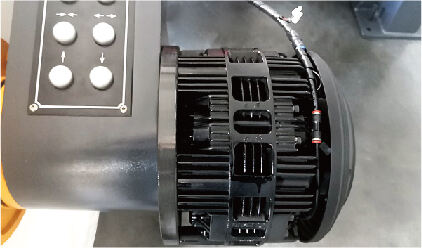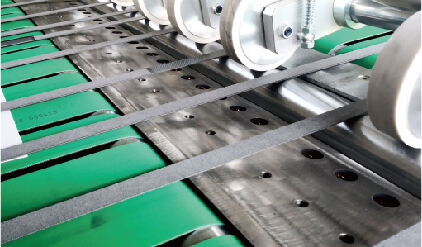slitting machine
A slitting machine is a sophisticated piece of industrial equipment designed to cut large rolls of material into narrower rolls with precise width specifications. This versatile machinery employs a series of circular knives and specialized rotary shears to achieve clean, accurate cuts across various materials including metal coils, paper, plastic films, and textiles. The machine operates through a continuous process where the material feeds through multiple rotating blades positioned at specific intervals, allowing for simultaneous cutting of multiple strips. Modern slitting machines incorporate advanced features such as automatic tension control systems, computerized width adjustment mechanisms, and high-precision alignment tools to ensure consistent quality output. The equipment typically consists of several key components: an unwind station that holds and feeds the parent roll, a slitting section where the actual cutting occurs, and a rewind station that collects the slit material into individual rolls. These machines can handle materials of varying thicknesses and properties, making them indispensable in industries ranging from packaging and automotive to electronics and construction materials manufacturing.


